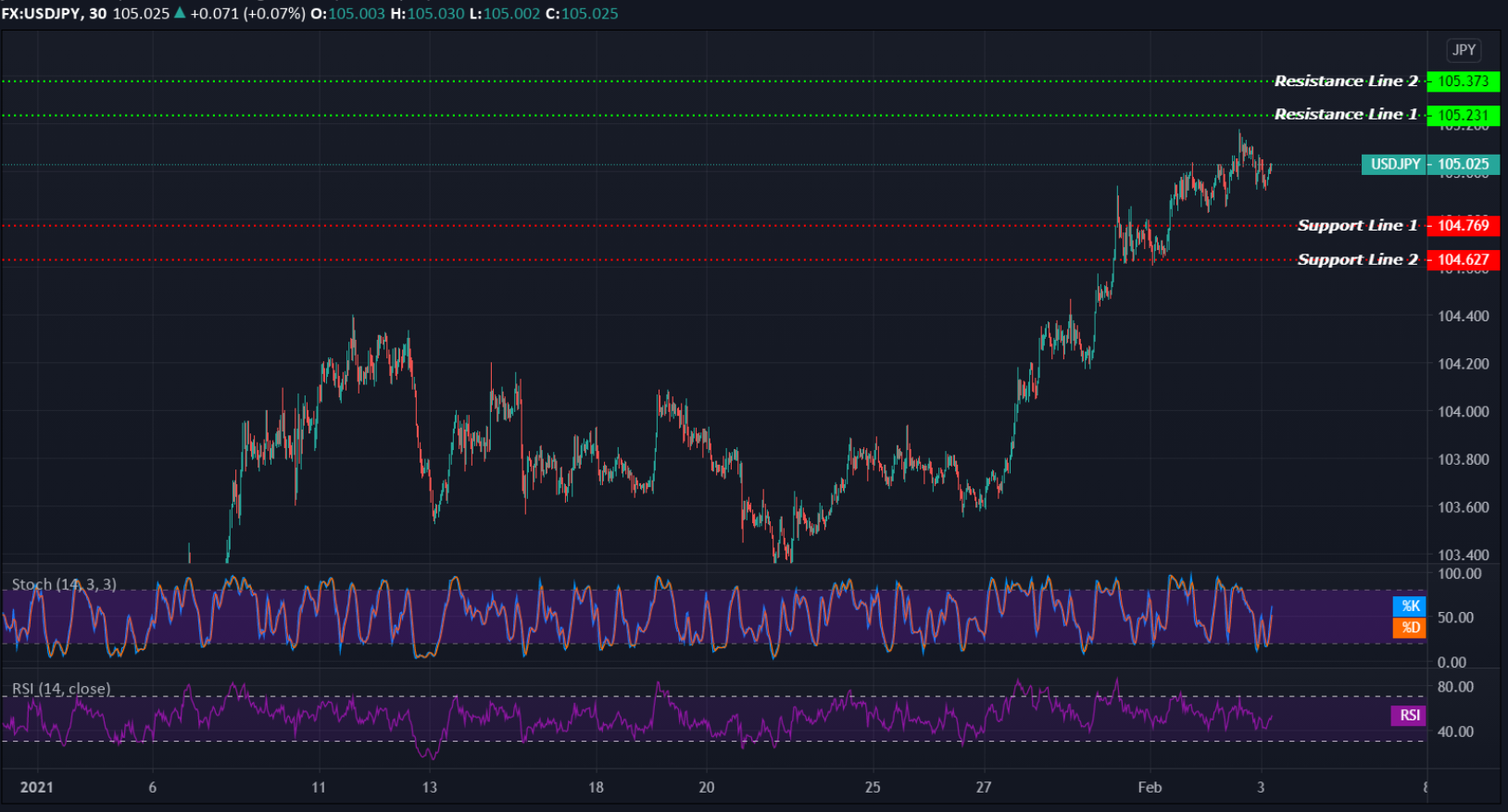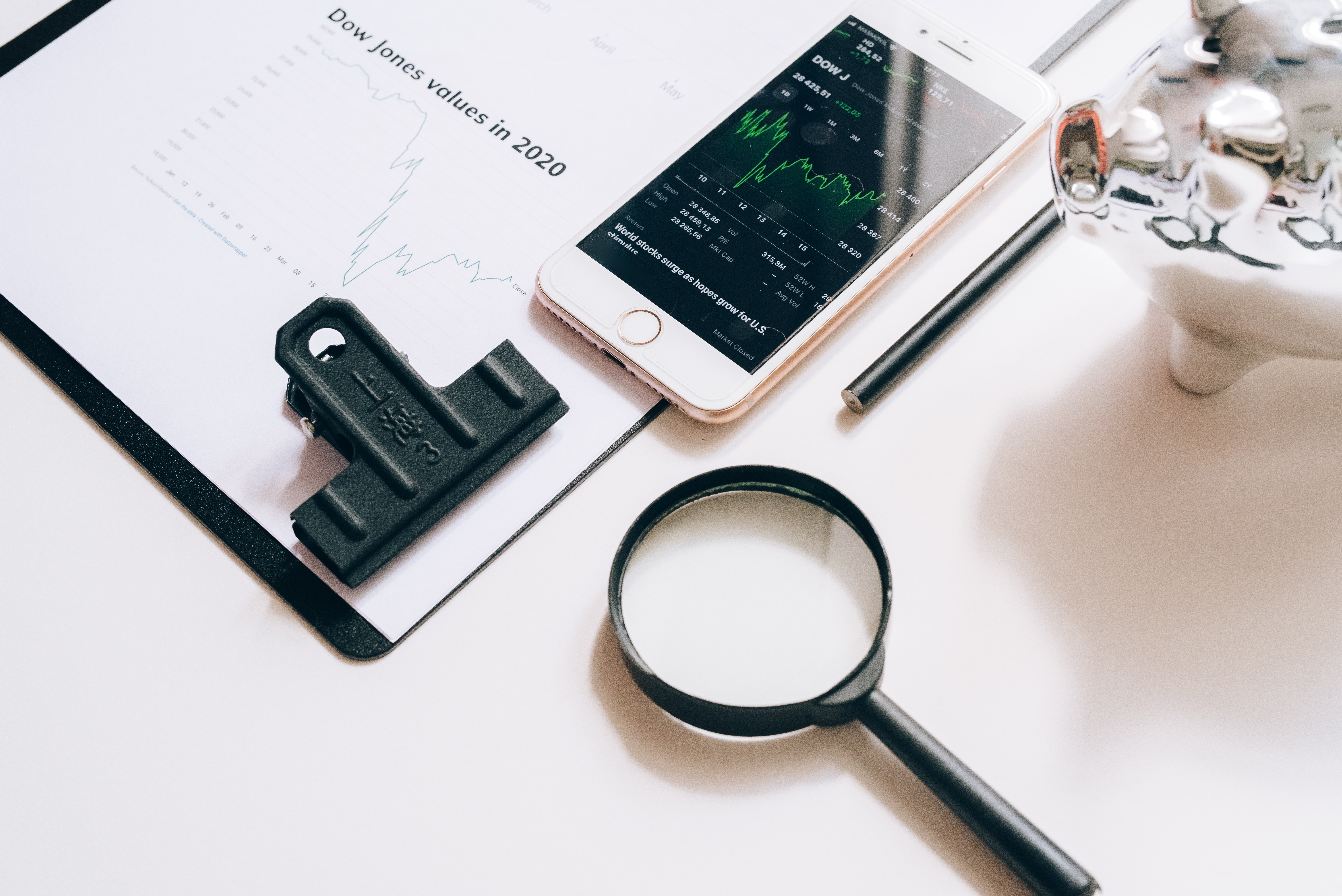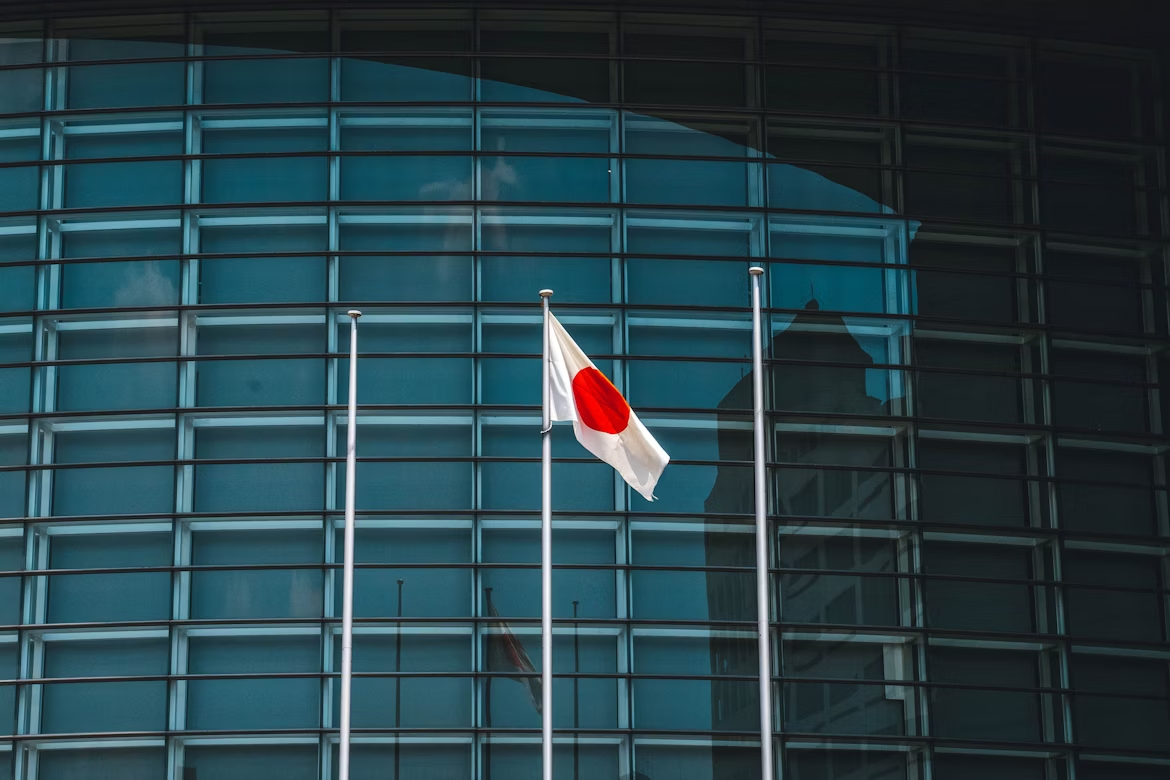EQUITIES
Asia-Pacific markets were higher on Wednesday, with the Australia’s S&P/ASX leading the gains, adding about 1.15%, followed by the Nikkei 225 that rose 0.76%. the South Korea’s KOSPI index advanced 0.45%, the Singapore’s Straits Times index gained 0.59, the India’s S&P BSE Sensex index rose 0.39%, and the Shanghai composite gained 0.20%. While the Hong Kong’s Hang Seng index was at -0.47% lower.
Overnight on Wall Street, the Dow Jones Industrial Average soared 475.57 points to close at 30,687.48, its best daily performance since November. The S&P 500 rose 1.4% to finish its trading day at 3,826.31 while the Nasdaq Composite gained 1.6% to close at 13,612.78.
OIL
Oil climbed to its highest in over a year on tightening global supplies and signs of strength in demand markets. The Brent crude futures traded to $57.77 a barrel, while U.S. crude at $55.00.
On Tuesday, the Brent closed at $57.46 per barrel, while WTI futures ended at $54.76 per barrel.
CURRENCIES
The broader dollar index was mostly flat at 91.06 after rising to a 2-month high of 91.283 overnight. The greenback’s advances come despite a rise in equities amid improving risk sentiment, defying the currency’s historic inverse directional relationship with stocks.
The Australian dollar pared gains after the country's central bank said it would extend its quantitative easing program to buy an additional $100 billion of bonds, at $0.7613. The New Zealand dollar climbed 0.40% to $0.7217after a decrease in the unemployment rate. The offshore yuan traded at 6.4586 per dollar.
GOLD
Safe-haven gold rose to $1,840.90 per ounce, while added around $1,842.50 per ounce for gold futures. Previously closed at $1,837.20 and $1,831.40, respectively.
Silver steadied after a 10% slide on Tuesday from an 8-year high, trading at $27.74, while platinum trading at $1,192.00 and palladium trading at $2,174.00.
ECONOMIC OUTLOOK
Asian stocks looked set to extend a global rally as investors back to monitor corporate earnings, stimulus talks and global economic recovery, and as concerns of recent onslaught of retail trading frenzy eased.
U.S. lawmakers moved closer to approving President Biden's $1.9 trillion COVID-19 aid bill as the Senate begins a process that would let Democrats pass the stimulus proposal without Republican votes.
The American Petroleum Institute reported U.S. crude oil inventories fell by 4.3 million barrels in the week to Jan. 29, and gasoline stocks fell by 240,000 barrels.
The China’s Caixin/Markit services PMI for January came in at 52, representing its slowest growth pace in nine months, and against December’s reading of 56.3.
The final au Jibun Bank Japan Services PMI dropped to 46.1 from the prior month’s 47.7, its lowest reading since August.
To date, number of confirmed worldwide cases for COVID-19 pandemic has surpassed 103.851 million affecting 213 countries and territories around the world and 2 international conveyances, recording more than 2.252 million fatality globally.
TECHNICAL OUTLOOK
[USDJPY]
Important Levels to Watch for Today:
- Resistance line of 105.231 and 105.373.
- Support line of 104.769 and 104.627.
Commentary/ Reason:
The dollar rose 0.07% at 105.025 yen after gaining to 105.171 overnight for the first time since Nov. 12.
The yen weakened after the Japanese government on Tuesday extended its state of emergency for Japan's major areas by a month until March 7.
The yen also weakened further on comments from Japanese Finance Minister Aso, who said the extension of emergency until next month could add to government expenditures.
Meanwhile earlier today, Deputy Governor Watanabe stressing its readiness to sustain or ramp up support if the COVID-19 pandemic hurts the economy further.
Strength in global equity markets also reduced the safe-haven demand for the yen and underpinned USD/JPY.















